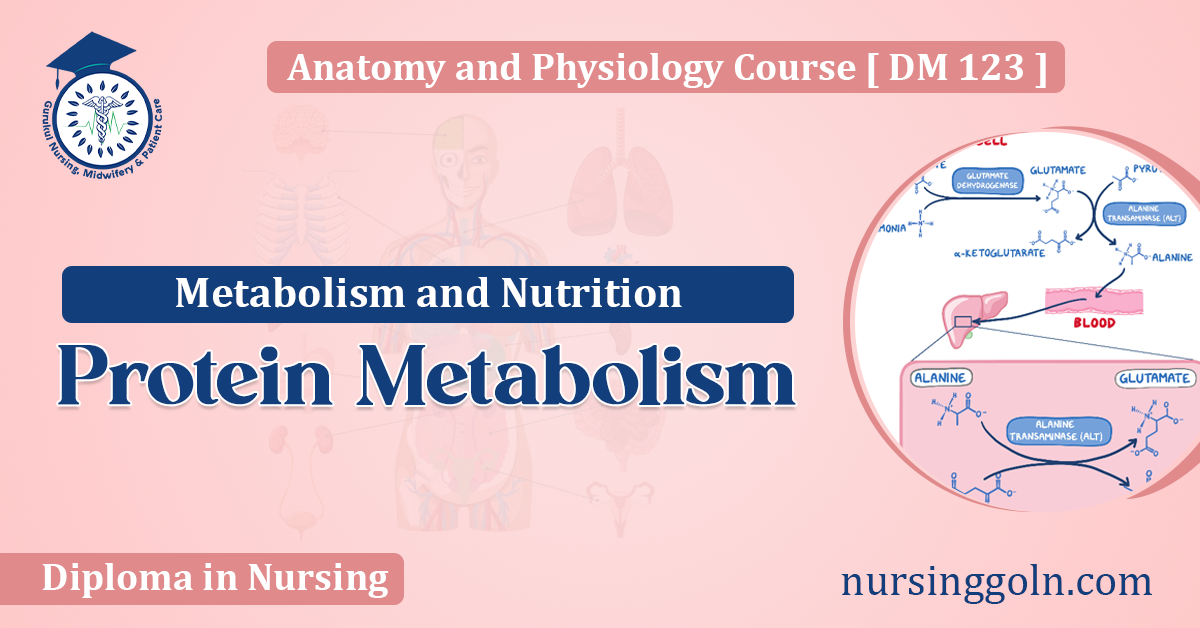Today our topic of discussion is ” Protein Metabolism “. Protein metabolism is a fundamental and intricate aspect of human biology, encompassing the processes by which proteins are synthesized, degraded, and used for a multitude of essential functions in the body.
Proteins, the building blocks of life, are involved in a myriad of roles, from catalyzing biochemical reactions to forming the structural framework of tissues and serving as messengers in cell signaling. In this comprehensive article, we will explore the fascinating world of protein metabolism, from the digestion of dietary proteins to the synthesis of new proteins and their roles in maintaining overall health and well-being.
Protein Metabolism: Metabolism and Nutrition
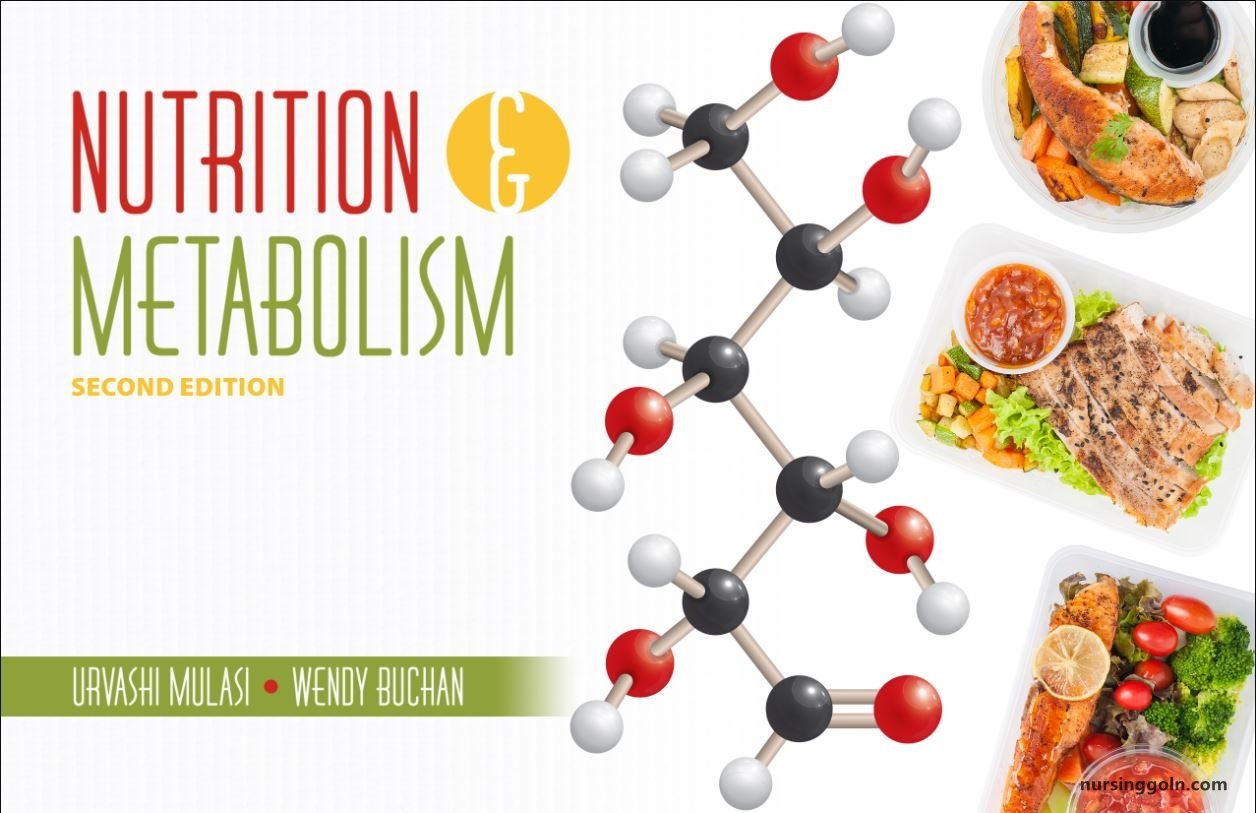
1. Introduction to Proteins
Proteins are large, complex molecules made up of amino acids linked together by peptide bonds. They are essential macromolecules for life, with diverse functions that include:
- Enzymes: Proteins act as catalysts for biochemical reactions, speeding up various processes in the body.
- Structural Components: Proteins provide structural support for cells, tissues, and organs. Examples include collagen in connective tissues and actin and myosin in muscle fibers.
- Hormones: Certain proteins, such as insulin and growth hormone, serve as messengers in cell signaling and help regulate physiological processes.
- Transport Proteins: Hemoglobin, for example, transports oxygen in the blood.
- Immune System Function: Antibodies are specialized proteins that recognize and neutralize foreign invaders, such as bacteria and viruses.
- Cell Signaling: Receptor proteins on cell membranes bind to signaling molecules and initiate intracellular responses.
- Energy Source: When carbohydrates and fats are insufficient, amino acids from protein can be used for energy production.
2. Dietary Proteins: Types and Sources
Dietary proteins are derived from various sources and can be classified into two main categories:
a. Complete Proteins
Complete proteins contain all essential amino acids in the appropriate proportions. Foods such as meat, poultry, fish, dairy products, and eggs are considered complete protein sources.
b. Incomplete Proteins
Incomplete proteins are deficient in one or more essential amino acids. Plant-based sources of protein, such as legumes, grains, and vegetables, typically fall into this category. Combining different plant-based protein sources can provide a balanced amino acid profile.
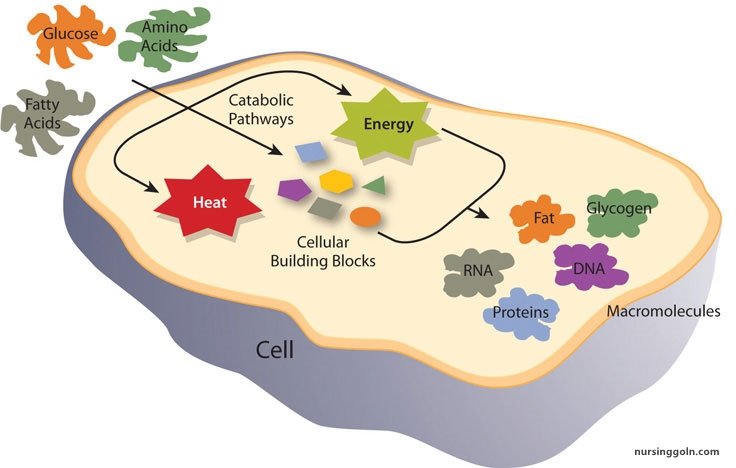
3. Digestion of Dietary Proteins
The process of protein metabolism begins with the digestion of dietary proteins in the gastrointestinal tract. This involves several key steps:
a. Stomach Digestion
In the stomach, the enzyme pepsin, activated by gastric acid, starts breaking down proteins into smaller peptides.
b. Small Intestine Digestion
The partially digested peptides enter the small intestine, where they encounter pancreatic enzymes, such as trypsin and chymotrypsin. These enzymes further break down proteins into smaller peptides and individual amino acids.
c. Absorption into the Bloodstream
The small intestine is also the site of amino acid absorption. Amino acids are transported into the bloodstream and then delivered to various tissues throughout the body.
4. Amino Acid Pool: A Dynamic Reservoir
Amino acids derived from dietary proteins contribute to the amino acid pool, which is a dynamic reservoir of amino acids in the body. This pool is vital for various metabolic processes, including protein synthesis, energy production, and the synthesis of other important molecules.

5. Protein Synthesis: Building and Repairing Tissues
Protein synthesis is the process by which new proteins are assembled within the body. There are two main types of protein synthesis:
a. Transcription
Transcription takes place in the cell nucleus and involves the synthesis of a complementary RNA strand (messenger RNA or mRNA) based on the DNA template. This mRNA carries the genetic information needed to assemble a specific protein.
b. Translation
Translation occurs in the cytoplasm and is the process by which the mRNA code is read and used to construct a protein. Transfer RNA (tRNA) molecules bring individual amino acids to the ribosomes, where they are assembled into a growing protein chain.
Protein synthesis is essential for the growth, repair, and maintenance of body tissues. It is particularly crucial during periods of growth, such as childhood, adolescence, and pregnancy, as well as for repairing damaged tissues, such as after injury or illness.
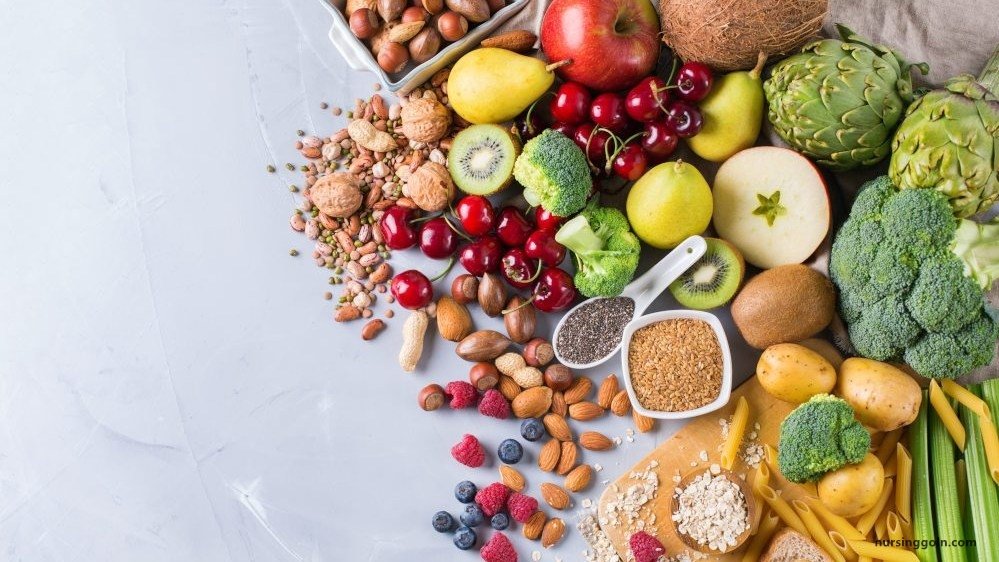
6. Protein Turnover: Balancing Synthesis and Degradation
Protein metabolism involves a continuous process of synthesis and degradation, collectively referred to as protein turnover. The balance between protein synthesis and degradation is critical for maintaining tissue integrity and overall health.
a. Protein Synthesis
Protein synthesis builds and repairs tissues, supports immune function, and contributes to numerous other physiological processes. The rate of protein synthesis can be influenced by factors such as nutrient availability, hormonal regulation, and physical activity.
b. Protein Degradation
Protein degradation removes damaged or unnecessary proteins from the body. The primary pathway for protein degradation is the ubiquitin-proteasome system, which tags proteins for degradation and breaks them down into amino acids. Autophagy is another mechanism in which cells digest their own components, including proteins.
c. The Nitrogen Balance
The nitrogen balance reflects the relationship between nitrogen intake and nitrogen excretion. Nitrogen is a component of amino acids, and measuring nitrogen balance provides insights into whether an individual is in a state of nitrogen equilibrium, positive nitrogen balance (anabolism), or negative nitrogen balance (catabolism).
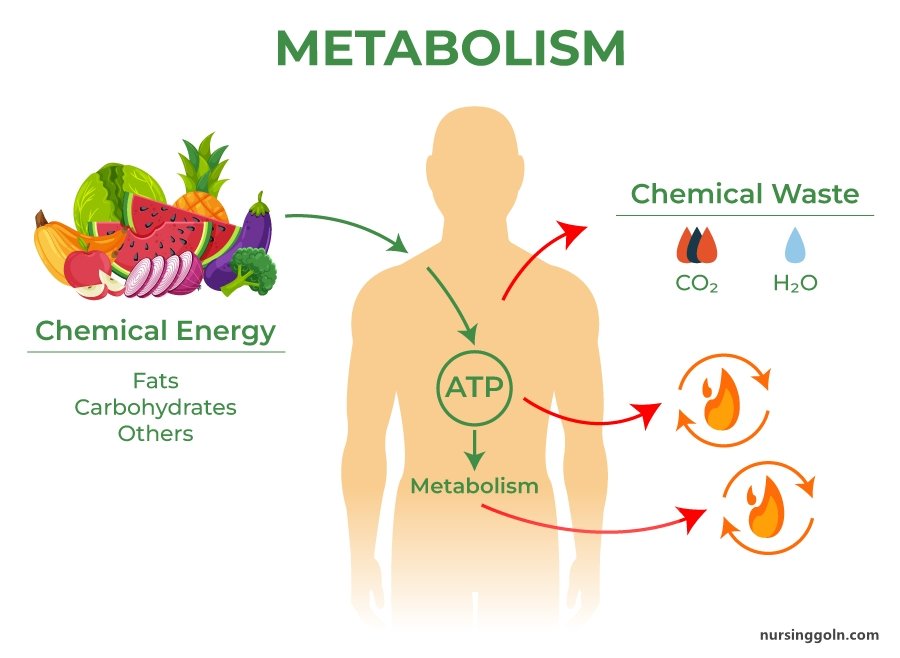
7. Protein Quality: Essential Amino Acids
Proteins are only as effective as their amino acid composition. The quality of a protein is determined by its amino acid profile and how closely it matches the body’s needs. Proteins that provide all essential amino acids in the appropriate proportions are considered high-quality proteins. In contrast, proteins lacking one or more essential amino acids are lower in quality.
8. Essential vs. Non-Essential Amino Acids
Amino acids can be categorized as essential or non-essential:
a. Essential Amino Acids
Essential amino acids cannot be synthesized by the body and must be obtained from the diet. There are nine essential amino acids: histidine, isoleucine, leucine, lysine, methionine, phenylalanine, threonine, tryptophan, and valine.
b. Non-Essential Amino Acids
Non-essential amino acids can be synthesized within the body from other amino acids and precursors. There are eleven non-essential amino acids: alanine, arginine, asparagine, aspartic acid, cysteine, glutamic acid, glutamine, glycine, proline, serine, and tyrosine.
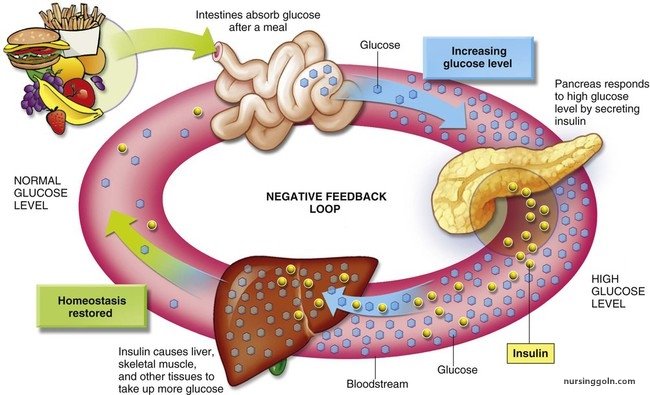
9. Hormonal Regulation of Protein Metabolism
Several hormones play a significant role in regulating protein metabolism:
a. Insulin
Insulin promotes protein synthesis by increasing the uptake of amino acids into cells and stimulating ribosomal activity.
b. Growth Hormone (GH)
GH stimulates protein synthesis and cell growth, particularly in muscles and bones.
c. Testosterone
Testosterone promotes protein synthesis and muscle growth, especially in males.
d. Cortisol
Cortisol, a stress hormone, can have both catabolic and anabolic effects on protein metabolism. In chronic stress or during prolonged fasting, cortisol can promote protein breakdown.
e. Leucine
Leucine, an essential amino acid, can stimulate muscle protein synthesis, making it a key regulator of muscle growth.
10. Protein Metabolism and Muscle Health
Protein metabolism is particularly relevant to muscle health, as muscles are rich in protein and constantly undergo turnover. Various factors, including resistance training, nutrient intake, and hormonal regulation, influence muscle protein synthesis and degradation. Maintaining a balance that favors muscle protein synthesis is essential for muscle growth and strength.
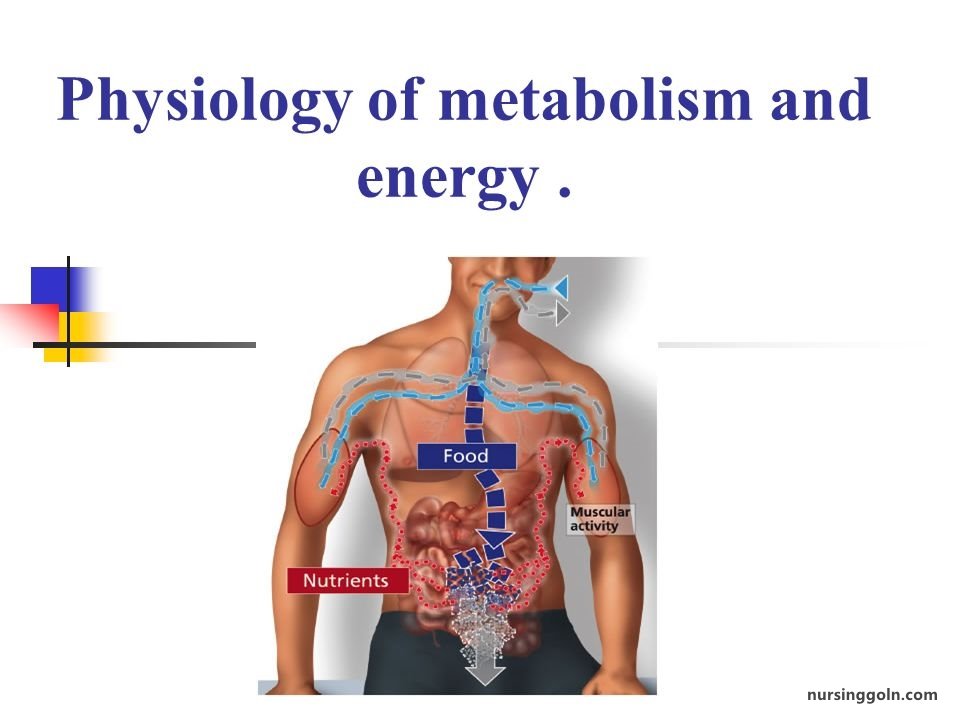
11. Protein Metabolism and Health Implications
Protein metabolism is integral to overall health and is linked to various health conditions:
a. Malnutrition
Protein deficiency can lead to malnutrition, characterized by muscle wasting, impaired immune function, and slowed wound healing.
b. Sarcopenia
Sarcopenia is age-related muscle loss, which can result in reduced strength and physical function.
c. Protein-Energy Malnutrition
Protein-energy malnutrition, often seen in developing countries, results from inadequate intake of both protein and calories. It can lead to severe health issues and stunted growth in children.
d. Kidney Function
Individuals with kidney disease may need to monitor protein intake, as impaired kidney function can lead to difficulty in eliminating waste products from protein metabolism.
12. Dietary Protein and Nutrition
Dietary protein is essential for maintaining overall health:
a. Protein Requirements
Protein requirements vary based on age, sex, activity level, and health status. In general, the Recommended Dietary Allowance (RDA) for protein intake is about 0.8 grams of protein per kilogram of body weight per day for adults. However, athletes, pregnant and lactating women, and individuals recovering from illness or injury may require higher protein intake.
b. Dietary Sources
A balanced diet should include a variety of protein sources, such as lean meats, poultry, fish, dairy products, legumes, nuts, and whole grains.
c. Protein Timing
Distributing protein intake throughout the day is essential for optimizing muscle protein synthesis. Consuming protein-rich foods in meals and snacks can help support overall health and fitness goals.
d. Plant-Based Diets
Plant-based diets can provide adequate protein when they include a variety of protein-rich plant foods, such as legumes, tofu, tempeh, and whole grains.

Protein metabolism is a dynamic and multifaceted process that underpins numerous aspects of human biology. Understanding how proteins are synthesized, degraded, and utilized is vital for appreciating their roles in growth, repair, energy balance, and overall health.
Protein quality, hormone regulation, and dietary choices all influence protein metabolism, making it a central component of a healthy lifestyle. Ensuring adequate protein intake, coupled with regular physical activity and a balanced diet, can help individuals maintain muscle health, support vital physiological functions, and contribute to overall well-being. In essence, protein metabolism is a cornerstone of health, providing the essential building blocks for life and health.
Read more:
